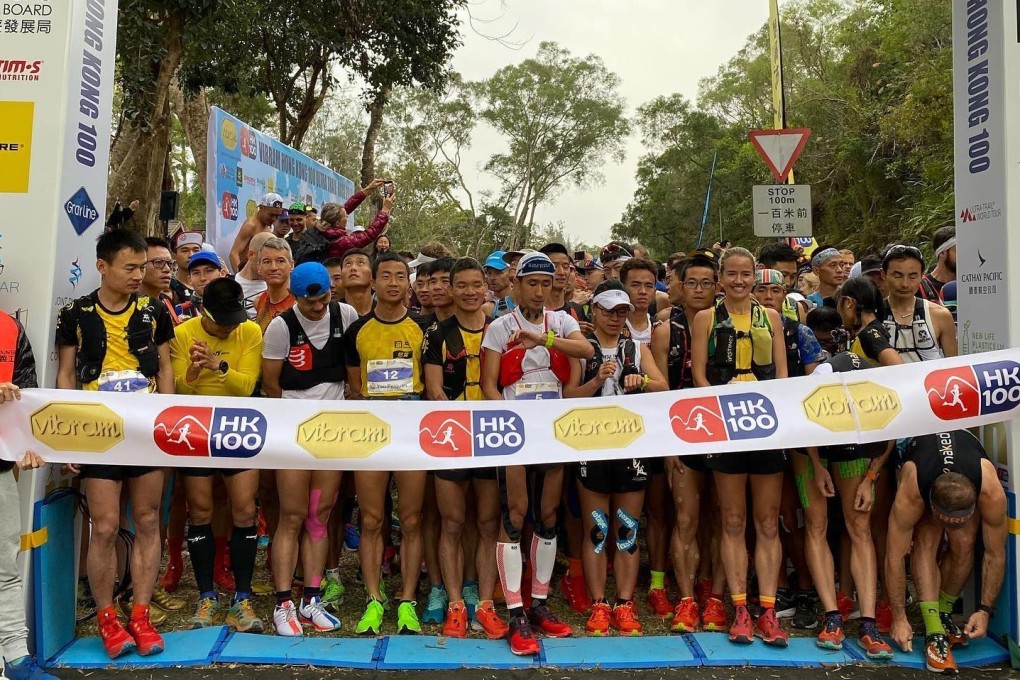View From The Edge | HK100: why a locked knee is exactly what I needed on my first 100km race
- After just 12km, I could not bend my leg and it forced me to take the advice everyone had been telling me

When I was just 12km into my first 103km race and my knee locked up, I thought I was in trouble. On Saturday, with 91km to go on the Vibram Hong Kong 100 (HK100) and unable to bend my left leg enough to go downstairs, all thoughts of hitting my 24-hour goal left me. And it was the best thing that could have happened.
I was reduced to an agonising 3km an hour hobble even on the slightest decline. On the flats, I could power walk pain free, but not run, and my knee was not a problem on the uphills.
As a result, every time I entered a checkpoint I was in a mad panic to get in and out as quickly as possible. Had I not been injured, I would have taken a few more minutes here and there to eat and sit. With the knowledge that I had no way to make up time between the checkpoints, I was only in each one for three to five minutes, sitting for a matter of seconds at most, with the exception of the one where I changed my socks.
Experienced runners had warned me that checkpoints are where most novices lose time. I was not really sure how anyone would spend as short a time as three minutes in a checkpoint, but now, needs must, I learned you can stuff your face with sandwiches, rice and crisps while moving, filling water bottles and leaving simultaneously.
Despite not running a single kilometre after 12km, I managed to claw back my goal not by moving quickly, but by not wasting any time. I did not stop moving for a second for 80km. With just 10km to go, I even thought sub-23 hours was possible.
But I grew delirious with a lack of sleep. I kept walking without even realising my eyes were shut until I kicked a rock and was jerked awake again. Then, the final 5km was downhill and with my knee still refusing to bend I lost a lot of time, possibly a whole hour, in the final section. But I crossed the line in 23 hours, 28 minutes and four seconds, not because I was fast, but because my injury forced me to be efficient.
